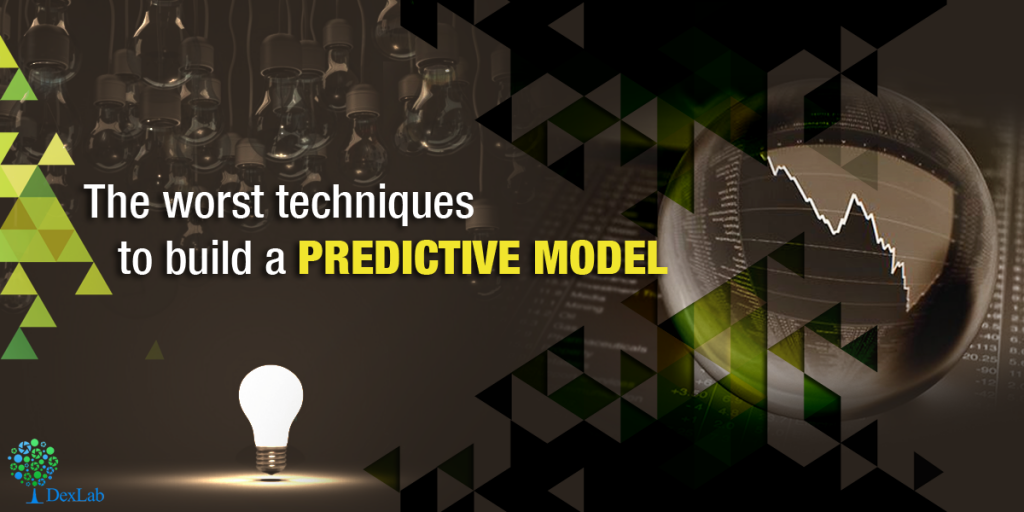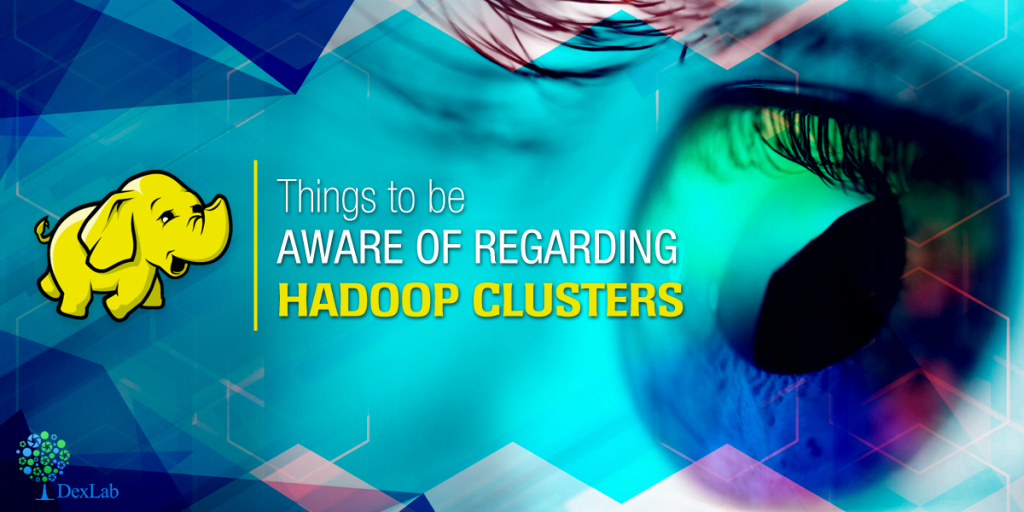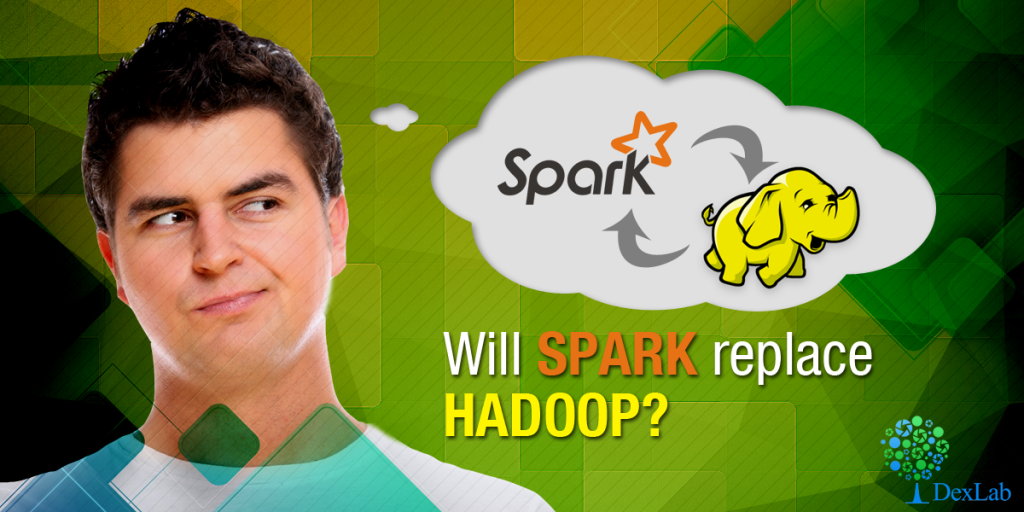
To a data scientist we are all sources of data, from the very moment we wake up in the morning to visit our local Starbucks (or any other local café) to get our morning coffee and swipe the screen of our tablets/iPads or smart phones to go through the big headlines for the day. With these few apparently simple regular exercises we are actually giving the data scientists more data which in-turn allows them to offer tailor-made news articles about things that interest us, and also prepares our favorite coffee blend ready for us to pick up every morning at the café.
The world of data science came to exist due to the growing need of drawing valuable information from data that is being collected every other day around the world. But is data science? Why is it necessary? A certified data scientist can be best described as a breed of experts who have in-depth knowledge in statistics, mathematics and computer science and use these skills to gather valuable insights form data. They often require innovative new solutions to address the various data problems.
As per estimates from the various job portals it is expected that around 3 million job positions are needed to be fulfilled by 2018 with individuals who have in-depth knowledge and expertise in the field of data analytics and can handle big data. Those who have already boarded the data analytics train are finding exciting new career prospects in this field with fast-paced growth opportunities. So, more and more individuals are looking to enhance their employability by acquiring a data science certification from a reputable institution. Age old programs are now being fast replaced by new comers in the field of data mining with software like R, SAS etc. Although SAS has been around in the world of data science for almost 40 years now, but it took time for it to really make a big splash in the industry. However, it is slowly emerging to be one the most in-demand programming languages these days.What a data science certification covers?
This course covers the topics that enable students to implement advanced analytics to big data. Usually a student after completion of this course acquires an understanding of model deployment, machine language, automation and analytical modeling. Moreover, a well-equipped course in data science helps students to fine-tune their communication skills as well.
Things a data scientist must know:
All data scientists must have good mathematical skills in topics like: linear algebra, multivariable calculus, Python and linear algebra. For those with strong backgrounds in linear algebra and multivariable calculus it will be easy to understand all probability, machine learning and statistics in no time, which is a requisite for the job.
More and more data-hungry professionals are seeking excellent Data Science training in Delhi. If you are one of them, kindly drop by DexLab Analytics: we are a pioneering Data Science training institute. Peruse through our course details for better future.
Interested in a career in Data Analyst?
To learn more about Data Analyst with Advanced excel course – Enrol Now.
To learn more about Data Analyst with R Course – Enrol Now.
To learn more about Big Data Course – Enrol Now.
To learn more about Machine Learning Using Python and Spark – Enrol Now.
To learn more about Data Analyst with SAS Course – Enrol Now.
To learn more about Data Analyst with Apache Spark Course – Enrol Now.
To learn more about Data Analyst with Market Risk Analytics and Modelling Course – Enrol Now.







